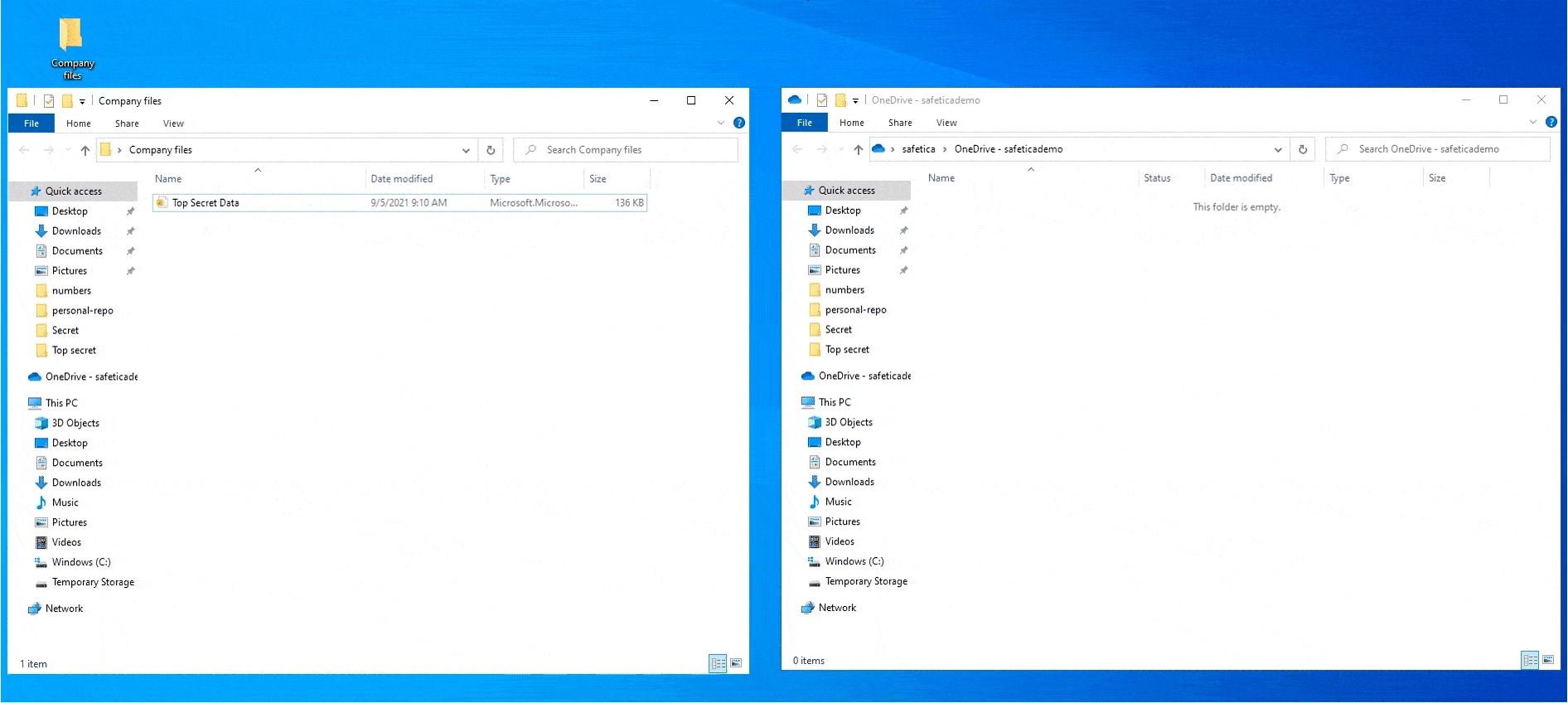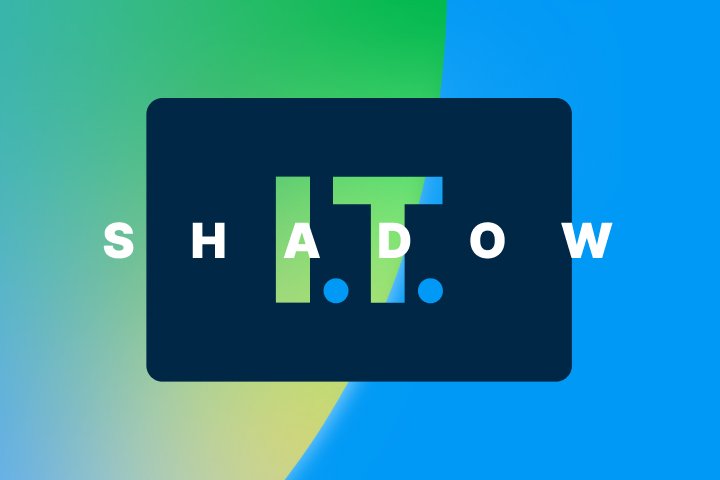The Great Resignation is trend in which large numbers of employees have voluntarily been resigning from their jobs. As of August 2021, 65% of people in the United States were looking for a new job and 25% had quit. According to a Tessian survey of IT leaders, 71% said that the Great Resignation has increased security risks.
People and data are the most valuable resources that companies have. Make sure that your company does not lose either during the Great Resignation. It is very common that employees take data with them when they leave their jobs.
Curious to know why people take a company’s data with them?
- They think the information will help them in their new job.
- They worked on the document, so they believe it belongs to them.
- They share the data with their new employer.
Insider threats are on the rise and are amplified by digital workspaces, flexible and remote work, the agile behavior of companies without strict policies and now also by the Great Resignation. The overall number of incidents has increased by 44 percent in the last two years. 29% of employees admitted that they took data with them when they quit (Tessian).

Which departmental employees are most likely to take data with them?
- Marketing (63% of respondents admitted taking data)
- HR (37% of respondents admitted taking data)
- IT (37% of respondents admitted taking data)
Data security is now more important than ever before. We are in a time when employees are leaving their jobs or employers are terminating employees’ contracts due to the anticipated recession. To ensure that your business is not harmed, you should protect your data.
How to prepare for the Great Resignation and not lose any data
- Establish an offboarding process
- Set security policies
- Identify your sensitive data and monitor who has access to it
- Educate your employees about proprietary data
- Use a DLP solution
With Safetica you have all your security policies in your hands. Decide whether you want to simply log all operations, notify users about risk and allow them to proceed, or restrict an operation entirely. Perform a security audit and locate your sensitive data across your environment and see who accesses it and how.
The solution runs in the background and keeps data secured.
Here are some specific use-cases for how Safetica protects your data:
- Blocks sending emails to private email addresses or restricts specific email domains
- Blocks data capture (like screenshots)
- Restricts usage of private/unencrypted personal devices
- Restricts data upload to the cloud
- Notifies employees about potential risky operations

On top of all this, Safetica is super simple to implement and use. With our cloud-native SaaS DLP Safetica NXT, you can protect your data from day one. Book a demo right now!.
Next articles

Hidden Data Everywhere: Why It’s Important to Have Complete Visibility for Data Security
Modern work creates blind spots across shadow IT, AI tools, personal devices, and third-party services. This article explains why visibility is essential for effective data discovery and stronger data protection.


